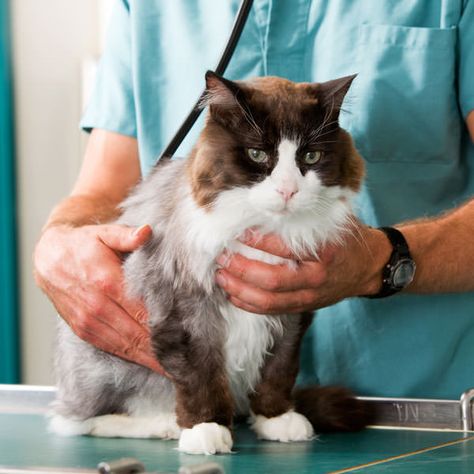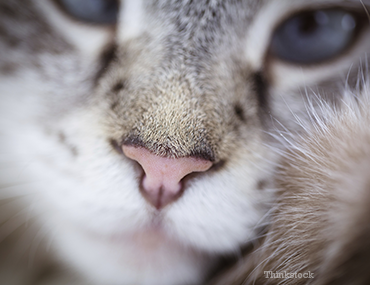septic ascites in cats
Ascites can be caused by a wide variety of health conditions ranging in severity so although the fluid can be easily removed by a vet treatment. Cats of any age are susceptible although young cats are more commonly affected.
Blog Posts The Cat S Meow Rescue
Ascites in cats is a condition characterized by the accumulation of fluid in the abdomen and can vary in severity.
. Sepsis or septicemia is illness resulting from a bacterial infection that has moved into the animals bloodstream spreading the bacterial infection throughout the cats body. Usually the build up of fluid is a gradual process. Ascites in cats can be caused by an osmosis spill through the blood vessels or the lymphatic system.
While a swollen stomach is one of the most obvious signs of ascites any dramatic shift in a cats appetite weight body temperature excremental function or sudden sensitivity during a tummy rub can also be warning signs. Bacteremia and septicemia occur when the persistent presence of bacterial organisms in a cats bloodstream becomes systemic meaning that it has spread throughout the body. Shock due to bacterial infection septic shock in cats is a life-threatening complication of systemic bacterial infection sepsis.
Common causes for septic shock in cats include. Early diagnosis may improve survival as it will lead to quicker surgical resolution and elimination of the septic foci. Another cause of ascites in cats feline infectious peritonitis or FIP is caused by a virus that thrives in.
It is possible that this type of infection is transferred from the mouth via the blood stream to the abdomen in. Ascites has many causes most of which can be very serious. In a study of severe sepsis in 29 cats the most common causes of sepsis were pyothorax 24 septic peritonitis 14 endocarditis 14 pyelonephritis 7 osteomyelitis 3 pyometra 3 and bite wounds 38 While there is no comparable study in dogs the most commonly reported cause of sepsis is peritonitis9-11 Reproductive organs.
Also known as abdominal effusion ascites in cats is not a disease in itself but rather a clinical sign that alerts of a present pathologyThis condition occurs when there is an abnormal accumulation of fluid in the abdomen. Fluid accumulations in the abdomen may take the form of air pneumoperitoneum blood hemoperitoneum septic or non-septic exudates pure and modified transudates bile chyle or. Bacterial Infection of the Blood Sepsis in Cats.
A swollen stomach is one of the most obvious symptoms of ascites in cats but any dramatic shift in appetite weight body temperature excremental function or physical sensitivity during a belly rub might indicate excess abdominal fluid in cats or ascites in cats. Severe liver disease can also cause ascites in cats. While a swollen stomach is one of the most obvious signs of ascites any dramatic shift in a cats appetite weight body temperature excremental function or sudden sensitivity during a tummy rub can also be warning signs.
Feline infectious peritonitis. In cats ascites is caused by the leakage of fluid into the abdomen from blood vessels lymphatics internal organs or abdominal masses. Part of the challenge is that is that the physical examination only positively predicts those that require surgery 50 of the time Walters 2003.
Ascites pronounced a-site-eez is the accumulation of fluid in a cats abdominal cavity. In cats it can be caused by a viral condition called Feline Infectious Peritonitis FIP Trauma can cause leakage of urine from the urinary tract or bleeding from an abdominal organ Rat poison ingestion can cause clotting problems and result in bleeding into the abdomen. This presentation focuses on diseases causing abdominal distension or effusion in dogs and cats and is aimed at assisting the practitioner to develop an approach to diagnosis and treatment.
The most common type of stomach cancer in cats is lymphoma. Ruptured intestines typically from intestinal cancer or a linear foreign body obstruction secondary to ingested string Pyothorax a pus infection in the chest cavity Kidney infection pyelonephritis Severely infected wound eg abscess or bite wound Feline infectious peritonitis FIP Rare causes for septic shock in cats. Below is an overview about ascites in cats followed by in-depth information about the causes diagnosis and treatment of this condition.
Sadly cancer is a common cause of abdominal effusion in cats and is more common as cats get older. Pasteurella is an organism typically associated with skin and soft tissue infections secondary to bites or scratches from domestic animals. Spontaneous bacterial peritonitis SBP is a bacterial infection in the peritoneum commonly seen in the setting of cirrhosis and ascites.
Ascites pronounced a-site-eez is the accumulation of fluid in a cats abdominal cavity. Although extensive research into therapy for FIP is currently underway FIP is still not treatable and cats invariably succumb to the disorder. Ascites in cats is a condition characterized by the accumulation of fluid in the abdomen and can vary in severity The present study aimed to evaluate the ability of biomarkers to discriminate septic peritonitis from non-septic ascites NSA If there is a problem in the liver really inhibiting circulation through it Eighteen dogs with SP and 19 age-matched controls with NSA were.
The fluid accumulating into the abdomen will come from blood vessels abdominal masses or internal organs. Failures or ruptures of the liver and kidney can release fluid into the abdomen that can become septic. Ascites is one of the most frequent complications of cirrhosis and portal hypertension1 4 8 9 Up to 50 of cirrhotic patients will develop ascites within a 10 year follow-up period10 11 Hepatic cirrhosis accounts for up to 85 of cases of ascites12 and malignancies account for approximately 101316 The other types of ascites are categorized.
SBP is typically caused by gram-negative bacteria. Septic peritonitis is a challenging problem to diagnose and treat in dogs and cats. Primary bacterial septic peritonitis is a very uncommon condition in dogs and cats in which there is no underlying cause for the infection in the abdomen.
Fluid buildup can put pressure on the cats stomach and chest causing difficulty with eating or breathing.

Septic Peritonitis In Dogs And Cats Atdove Org

Pin On Vet Student Survival Universities And Necessary Humor
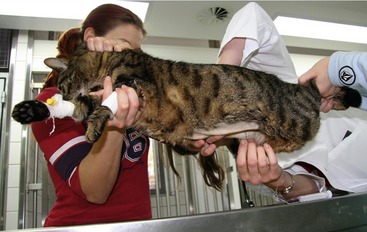
Diagnosis And Treatment Of Feline Infectious Peritonitis Veterian Key
Category Health And Behavior The Cat S Meow Rescue

Peritonitis In Pets Bluepearl Pet Hospital

Acute Abdomen In Dogs Cats Step By Step Approach To Patient Care Today S Veterinary Practice

Read About Infectious Disease In This Article By Chantal A Ragetly And More

Septic Peritonitis In Dogs And Cats Atdove Org

Effusive Form Of Feline Infectious Peritonitis Showing The Huge Amount Download Scientific Diagram
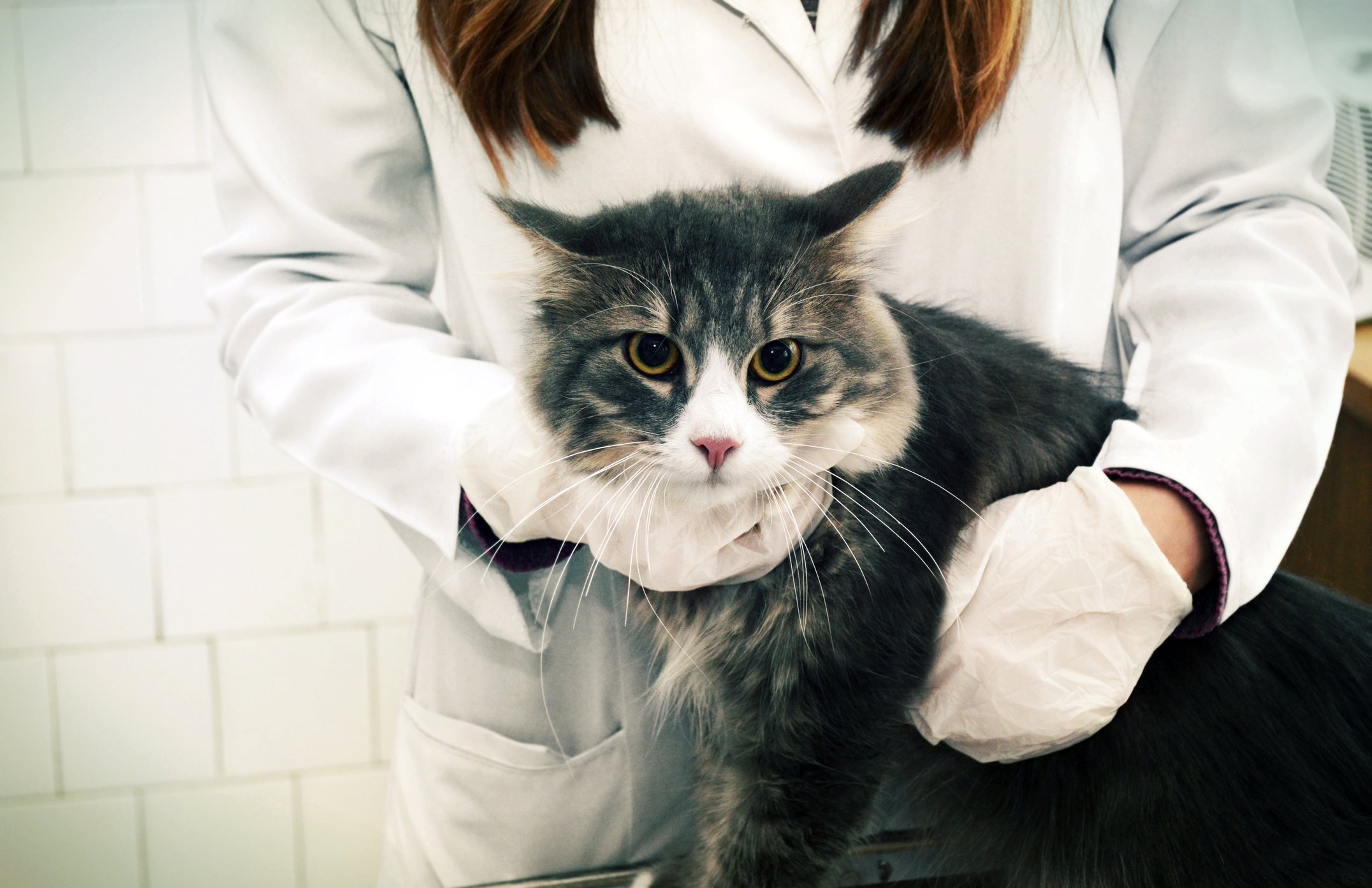
Understanding Ascites In Cats Tufts Catnip
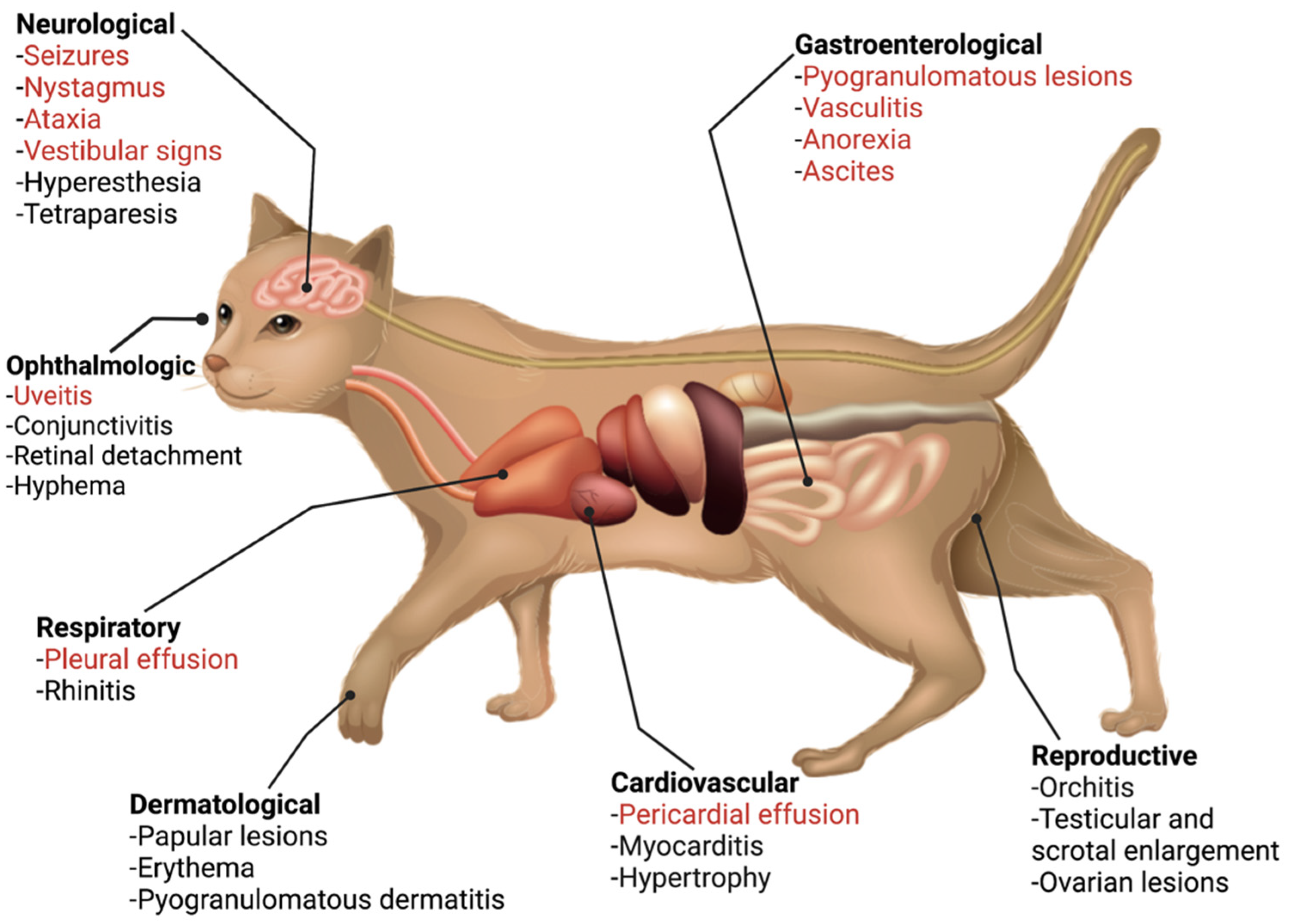
Viruses Free Full Text Clinical And Molecular Relationships Between Covid 19 And Feline Infectious Peritonitis Fip Html
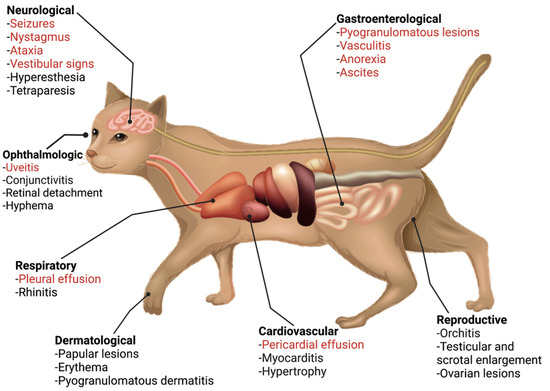
Viruses Free Full Text Clinical And Molecular Relationships Between Covid 19 And Feline Infectious Peritonitis Fip Html
